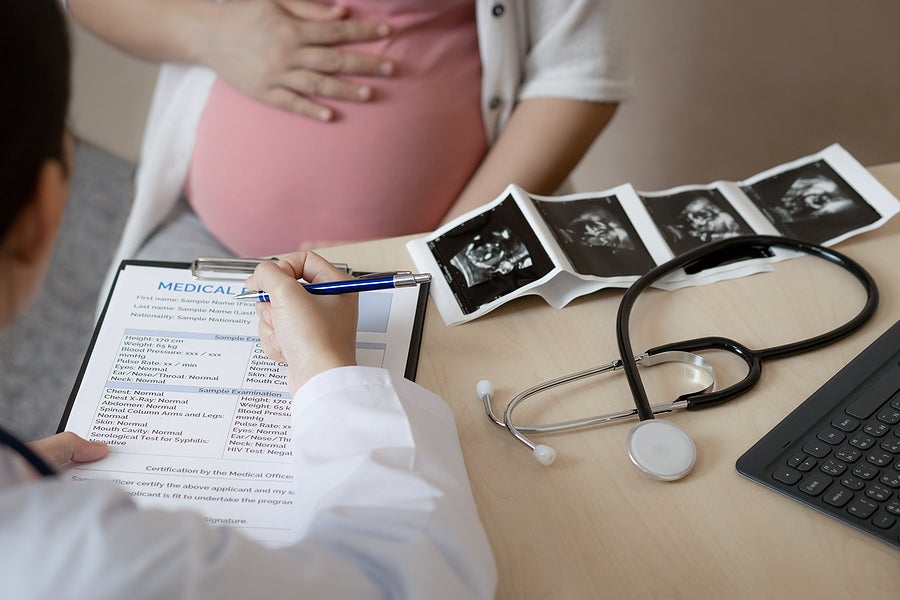Several weeks ago, I blogged about the federal guidance CMS sent to states on the implementation of 12-month continuous enrollment (CE) for children starting on January 1, 2023, as required by the Consolidated Appropriations Act of 2023 (CAA). In the guidance, CMS provided details on how implementation of 12-month CE impacts the group of individuals enrolled in CHIP from-conception-to-end-of-pregnancy option (FCEP, previously called the unborn child option).
There are two ways states may cover pregnancy for adults in CHIP. First, if a state covers pregnant individuals in Medicaid with incomes at least at 185% FPL, the state may expand pregnancy coverage through CHIP as seven states do (CO, KY, MO, NJ, RI, VA, and WV). These individuals do not qualify for continuous eligibility because they are 19 years of age or older. However, under CHIP, states may also opt to cover prenatal care and other pregnancy-related benefits under FCEP.
In the 20 states that have adopted the FCEP option, the CE period will depend on how states pay for labor and delivery services.
- If a state enrolls the pregnant individual into Medicaid for coverage of labor and delivery, the CE period under the FCEP option ends at birth with the newborn automatically enrolled for continuous coverage in Medicaid until their first birthday as deemed newborns.
- If CHIP pays for labor and delivery, the state must screen the newborn for potential Medicaid or CHIP eligibility without requiring information from the family.
- If the screening identifies potential Medicaid eligibility, the state must transition the child to Medicaid but has the option to begin a new 12-month CE period or extend coverage only to the end of the 12-month CE period following the effective date of FCEP eligibility.
- If the screening indicates CHIP eligibility, the state may opt to begin a new 12-month CE period but minimally must maintain the newborn’s coverage in CHIP for the remainder of the 12-month CE period starting with the effective date of FCEP.
- If the screening doesn’t indicate Medicaid or CHIP eligibility, the state must maintain the newborn’s coverage in CHIP for the remainder of the 12-month CE period starting with the effective date of FCEP.
- States that use bundled payments may continue to provide postpartum care to those eligible under FCEP. Alternatively, states may establish a CHIP health services initiative (HSI) to provide postpartum care.
Given the various nuances of FCEP coverage, CMS’ detailed guidance on how the CAA CE requirement impacts pregnant individuals and children is helpful context as states prepare for implementation.


